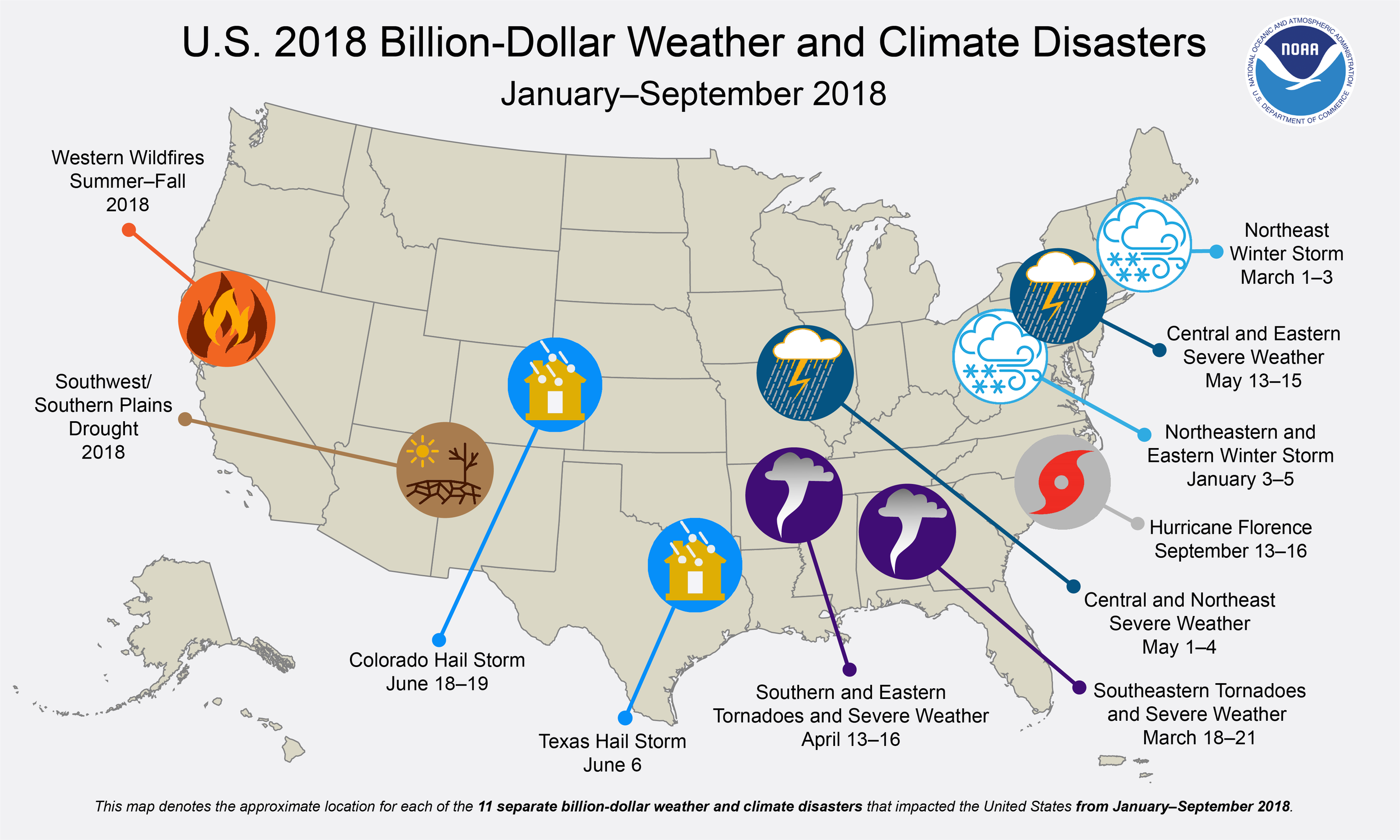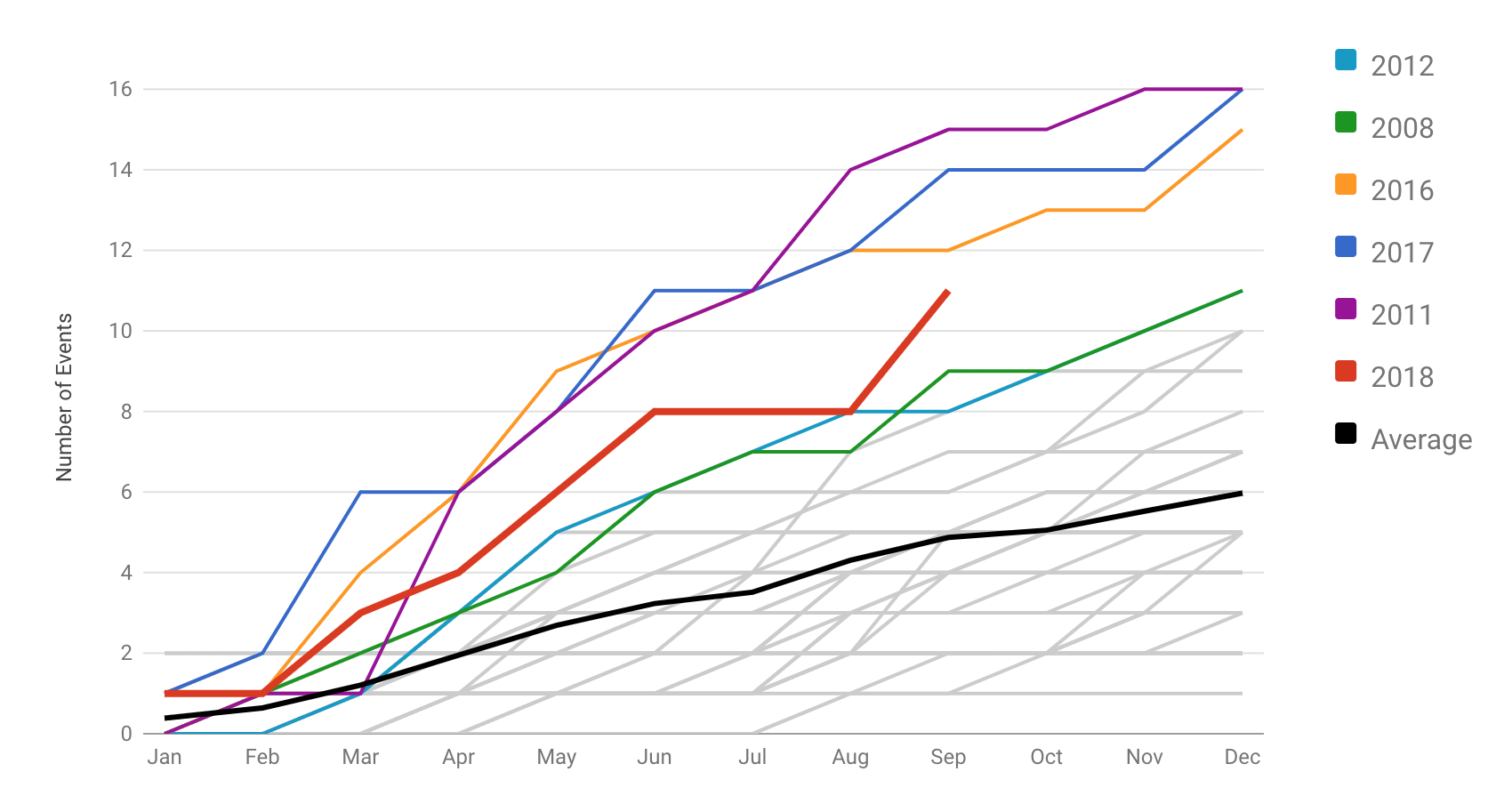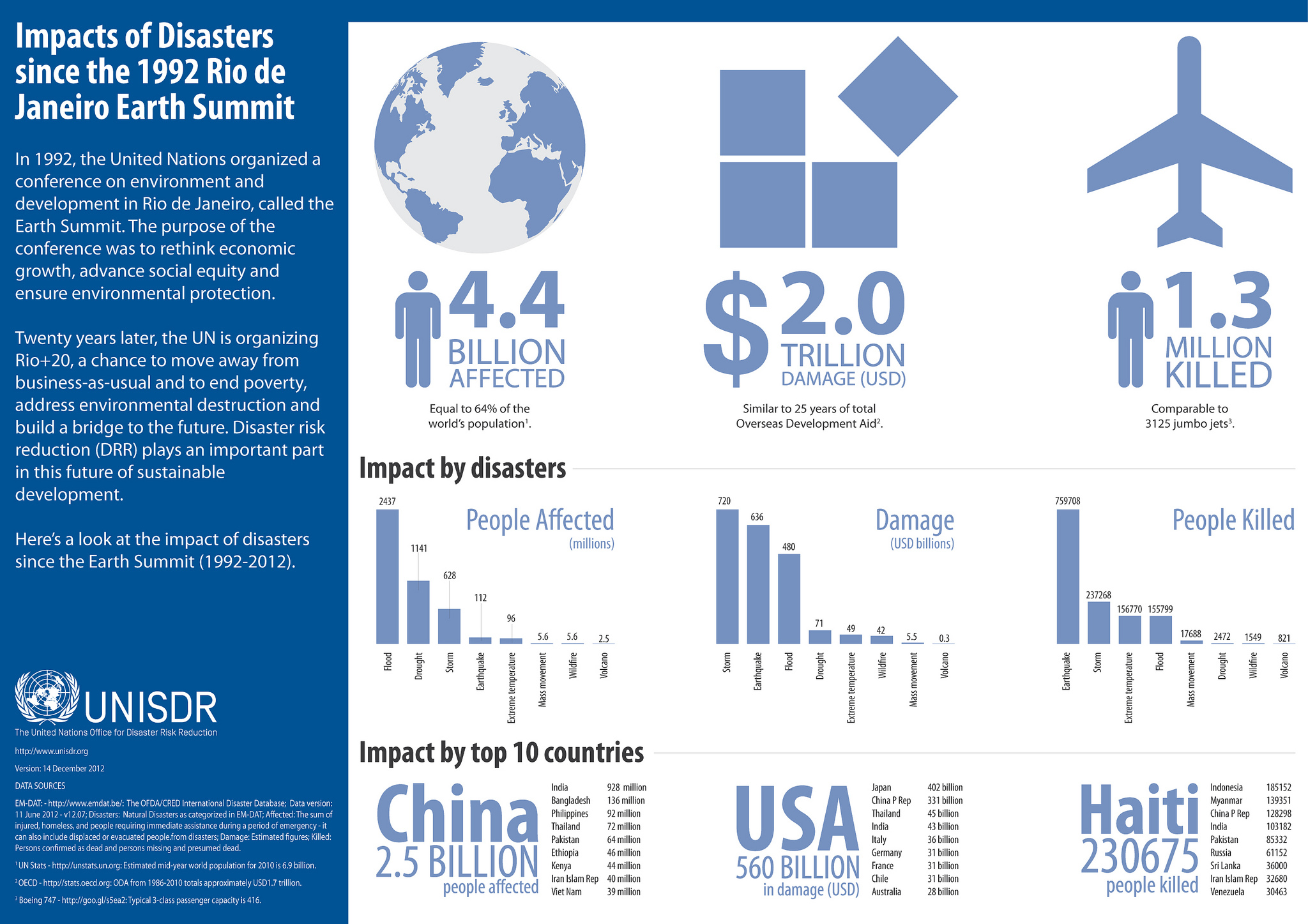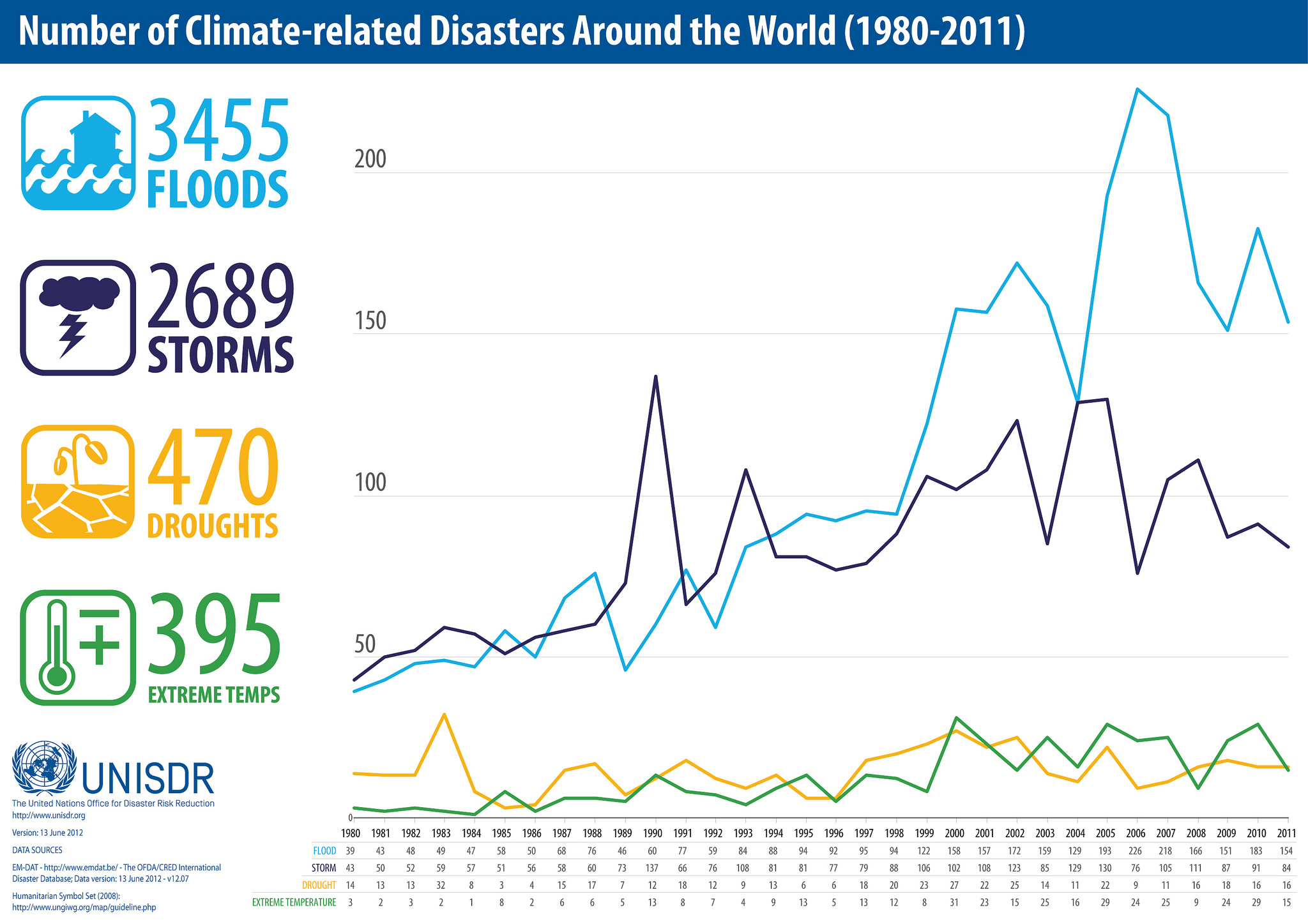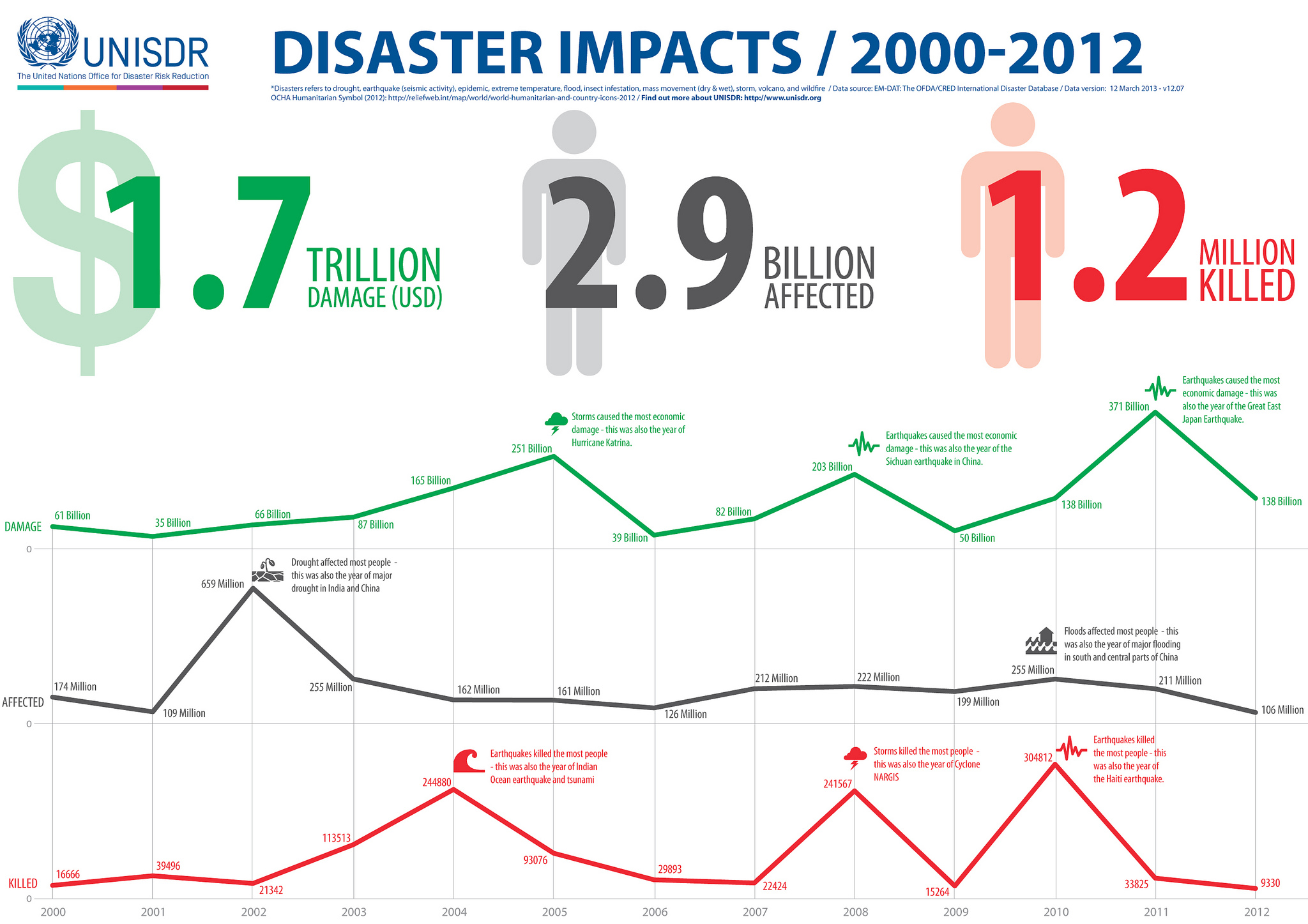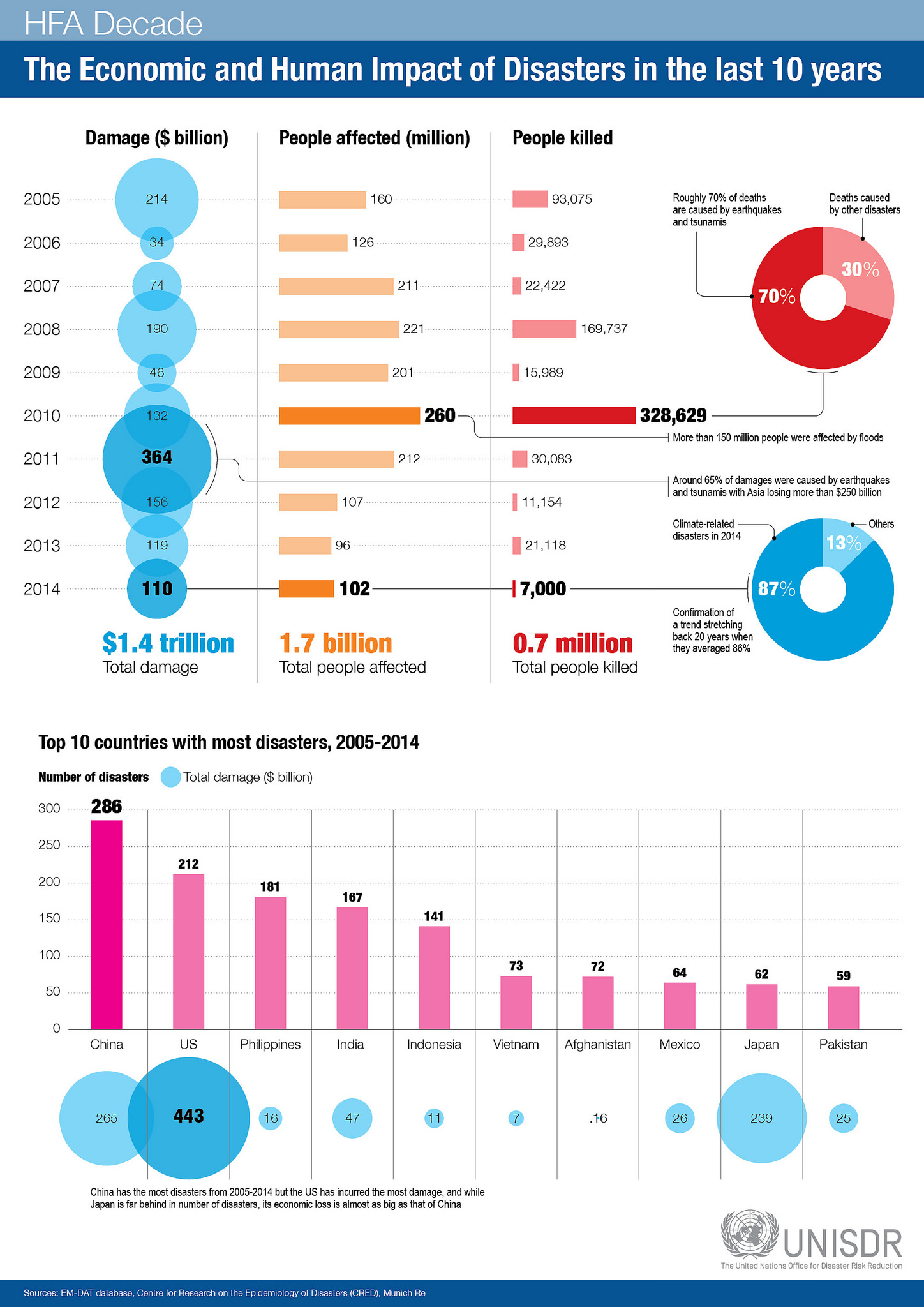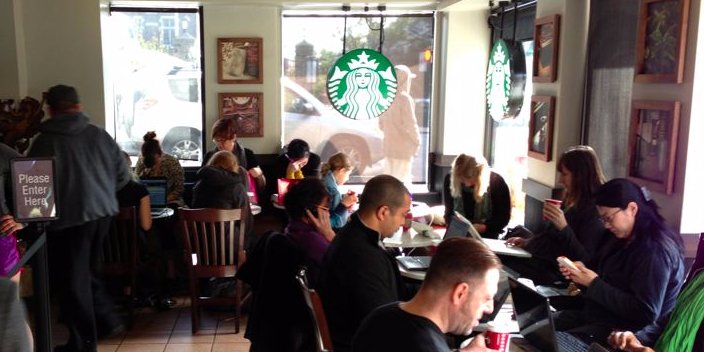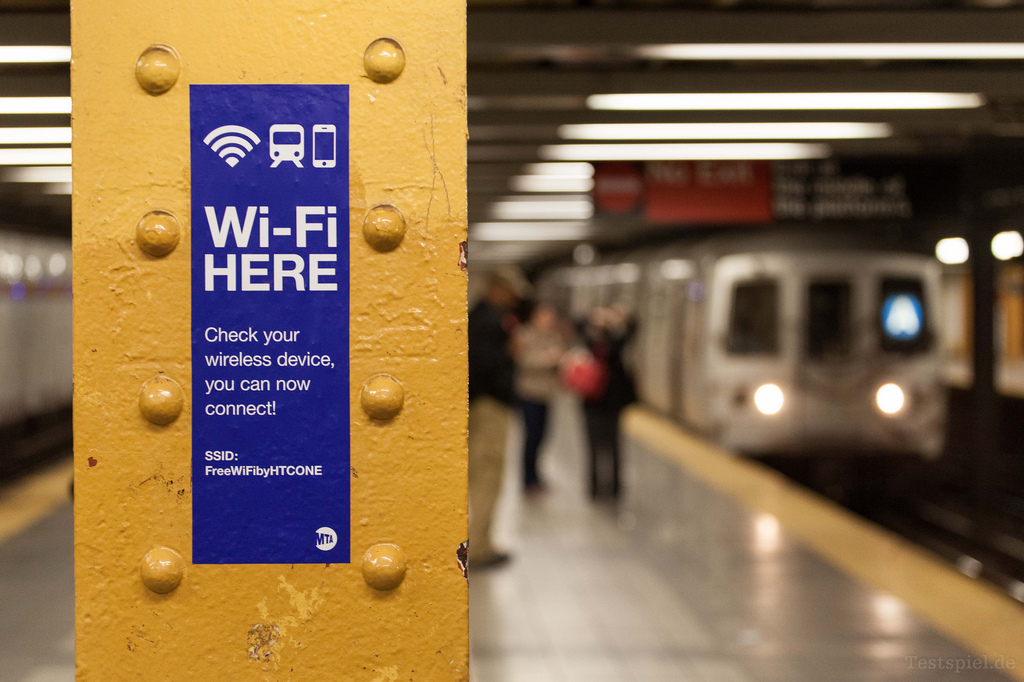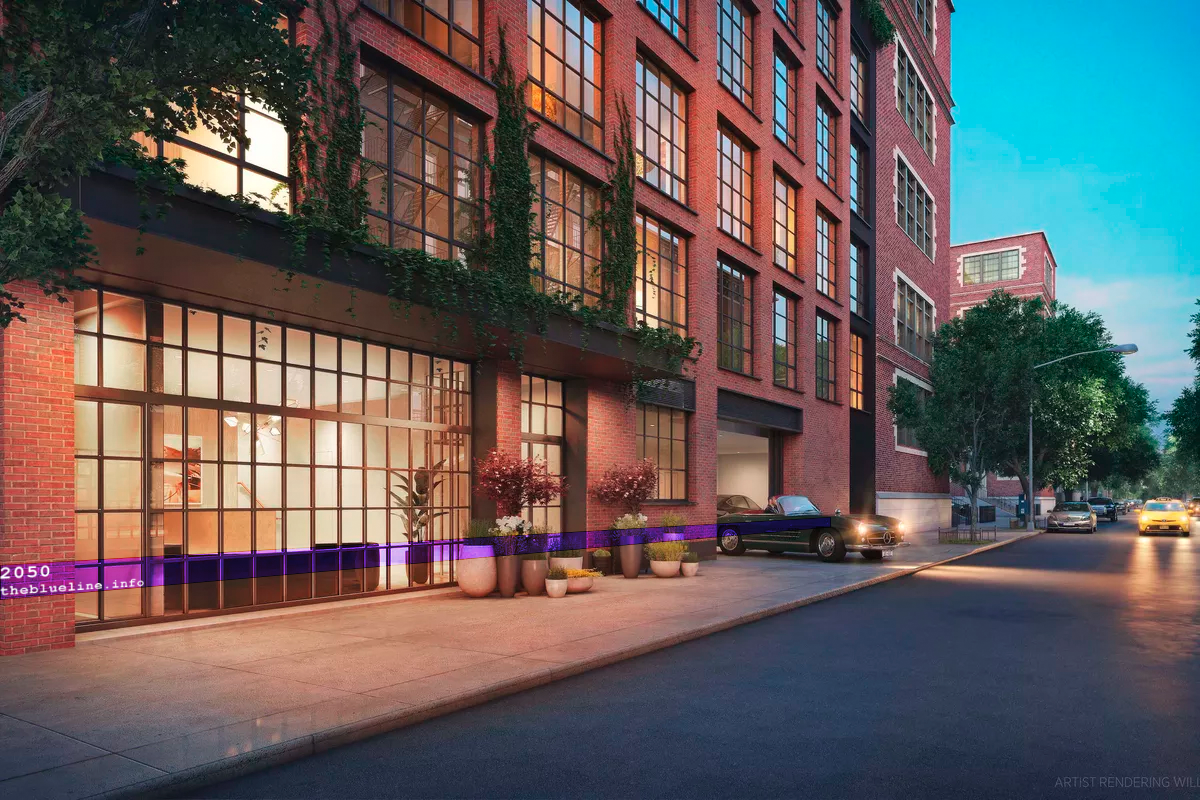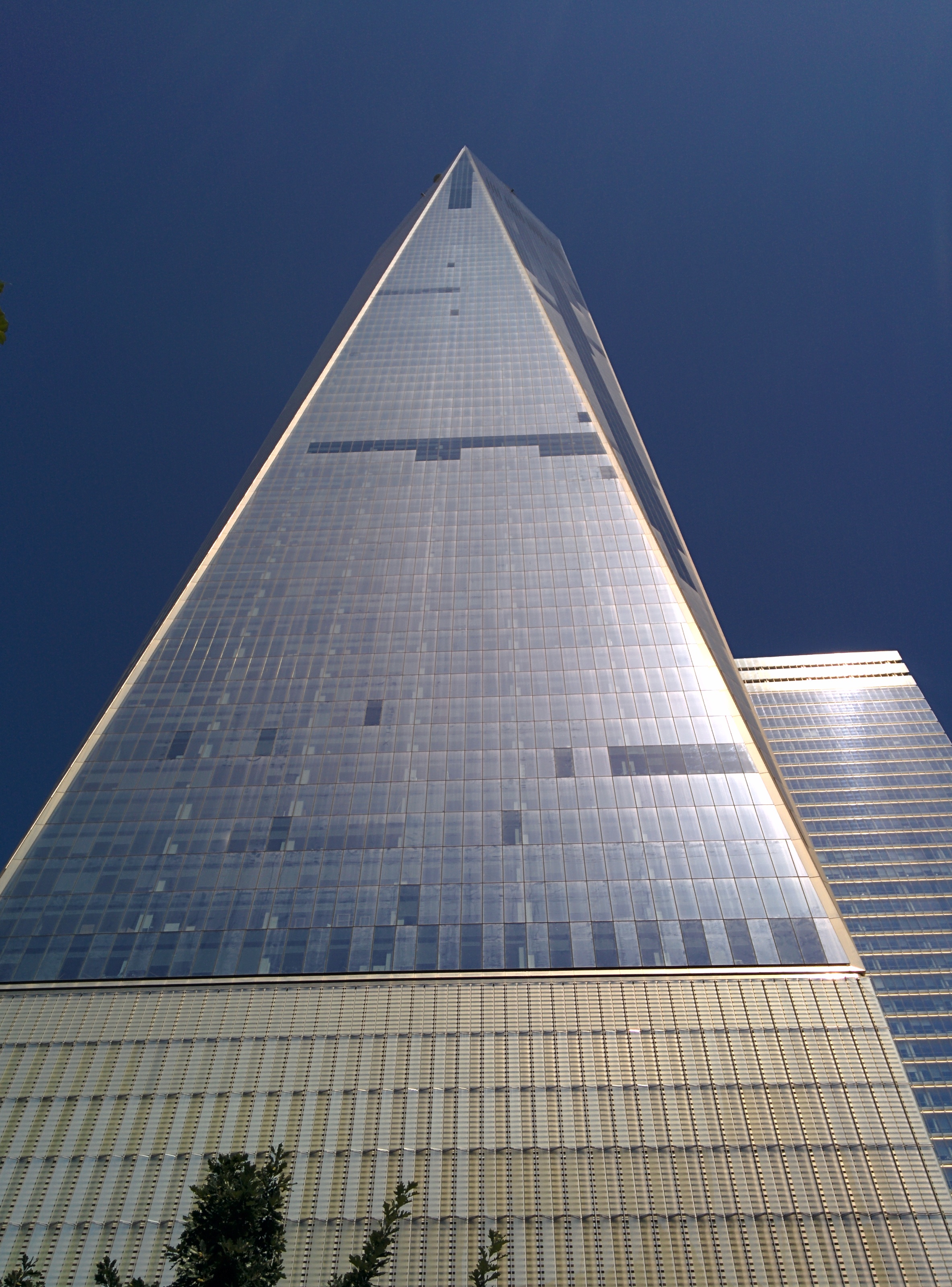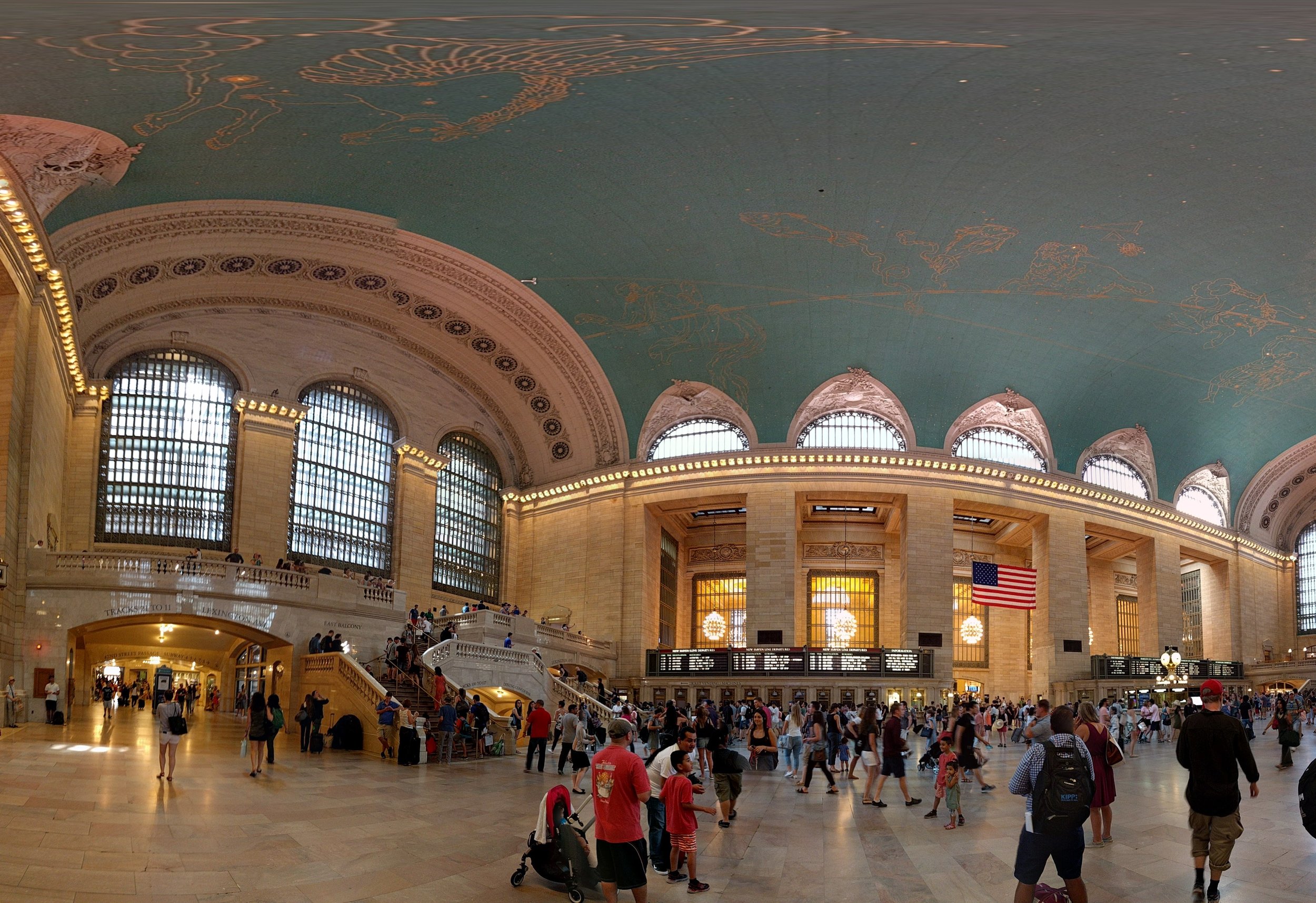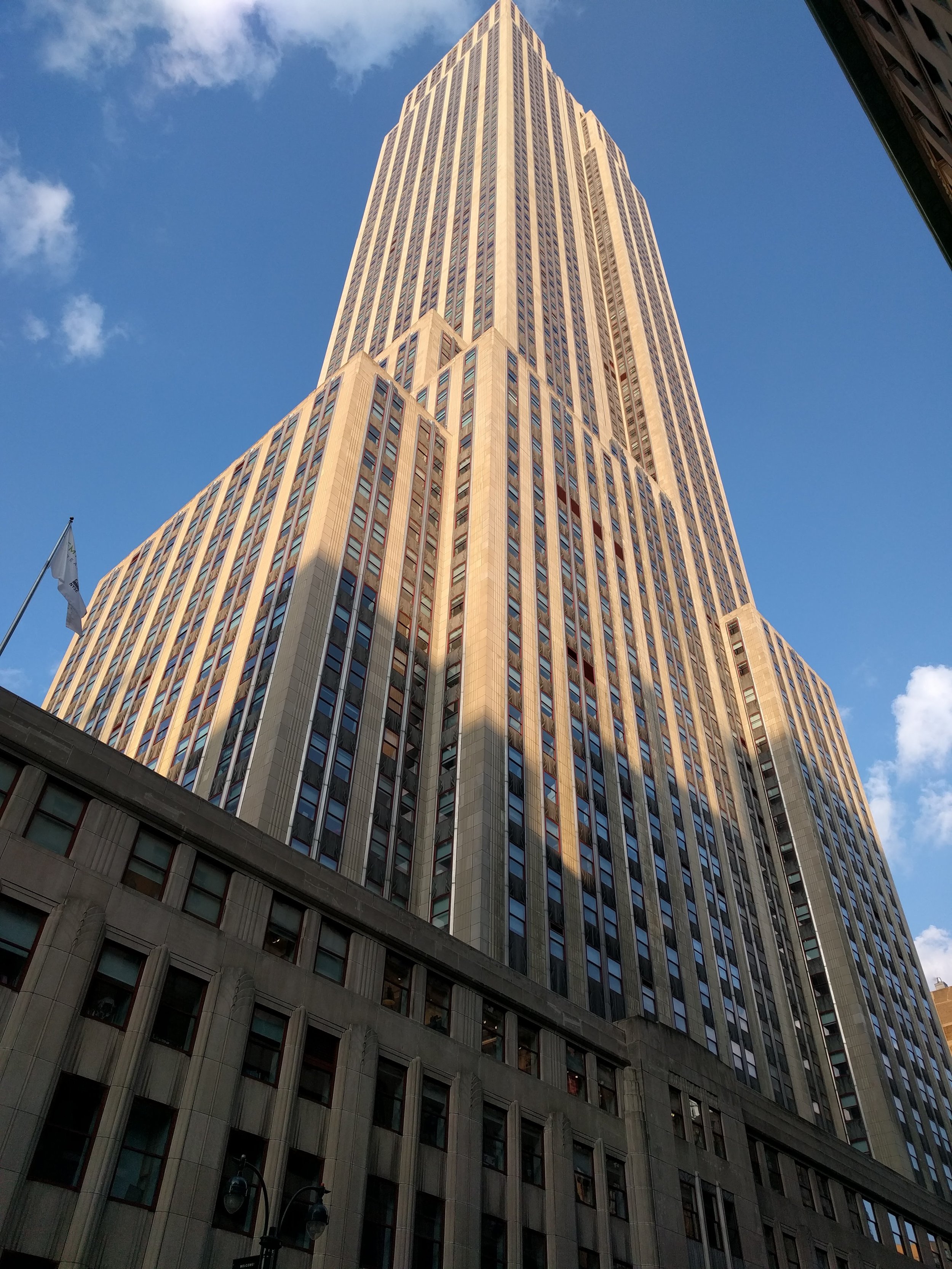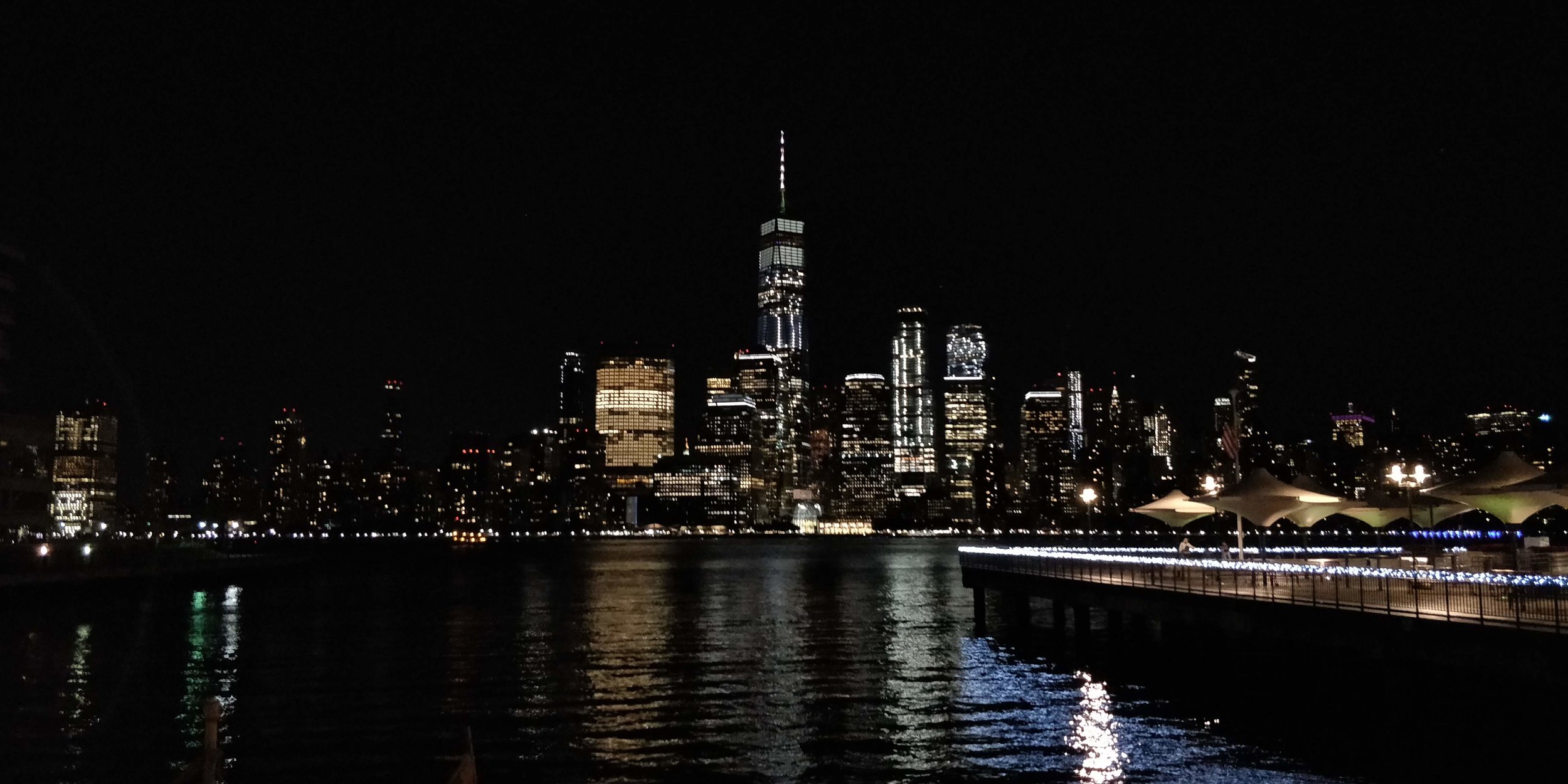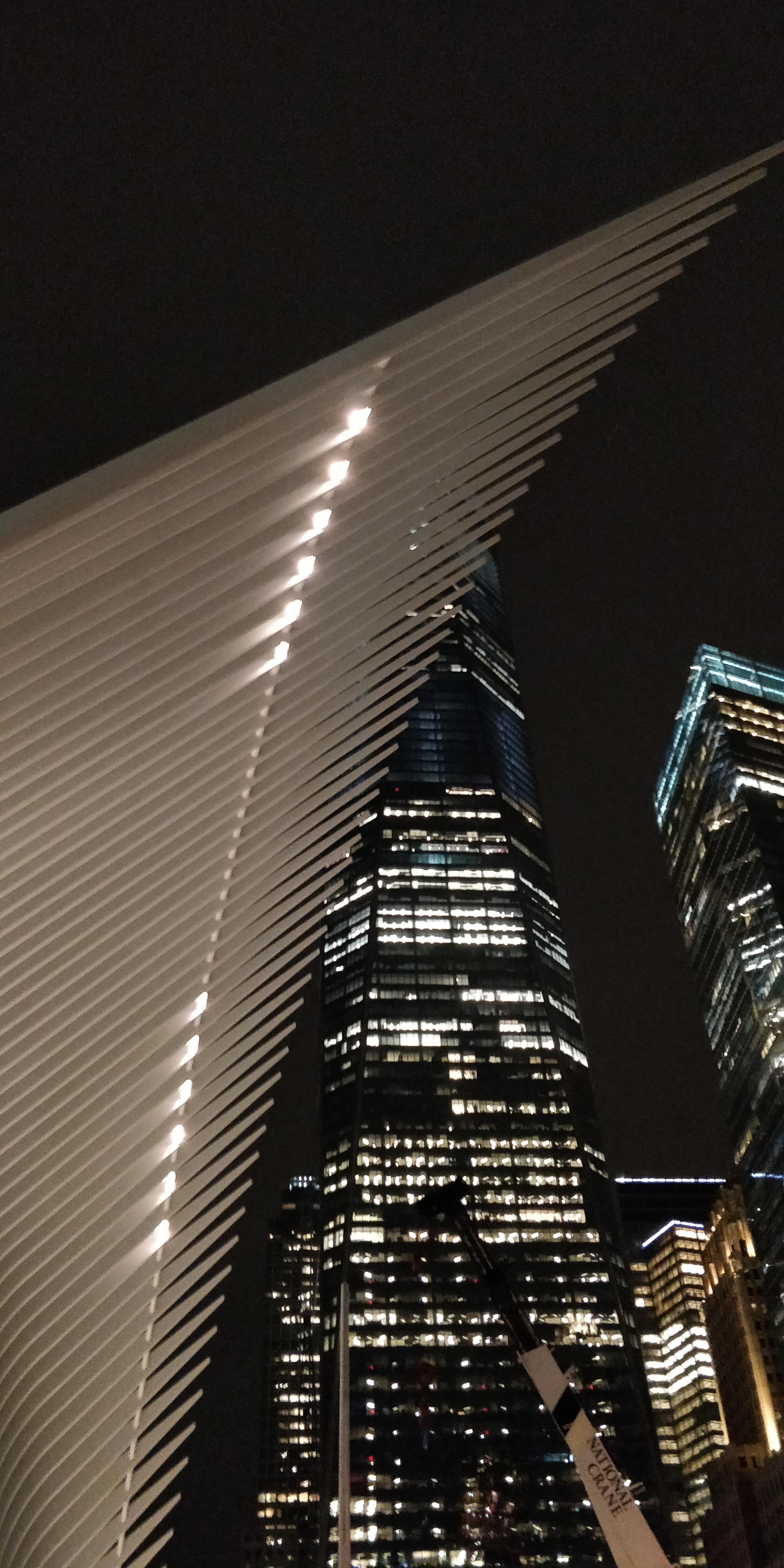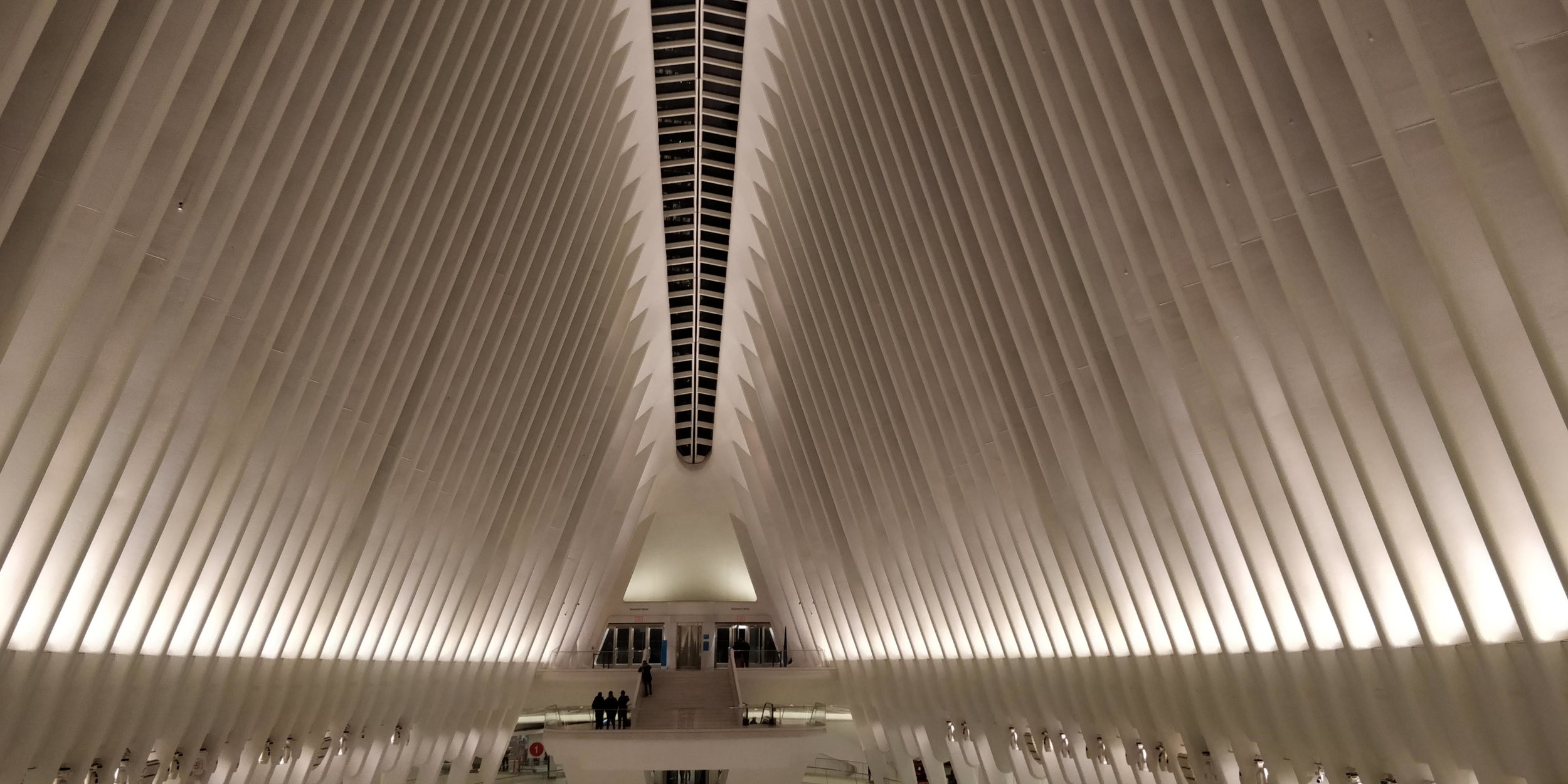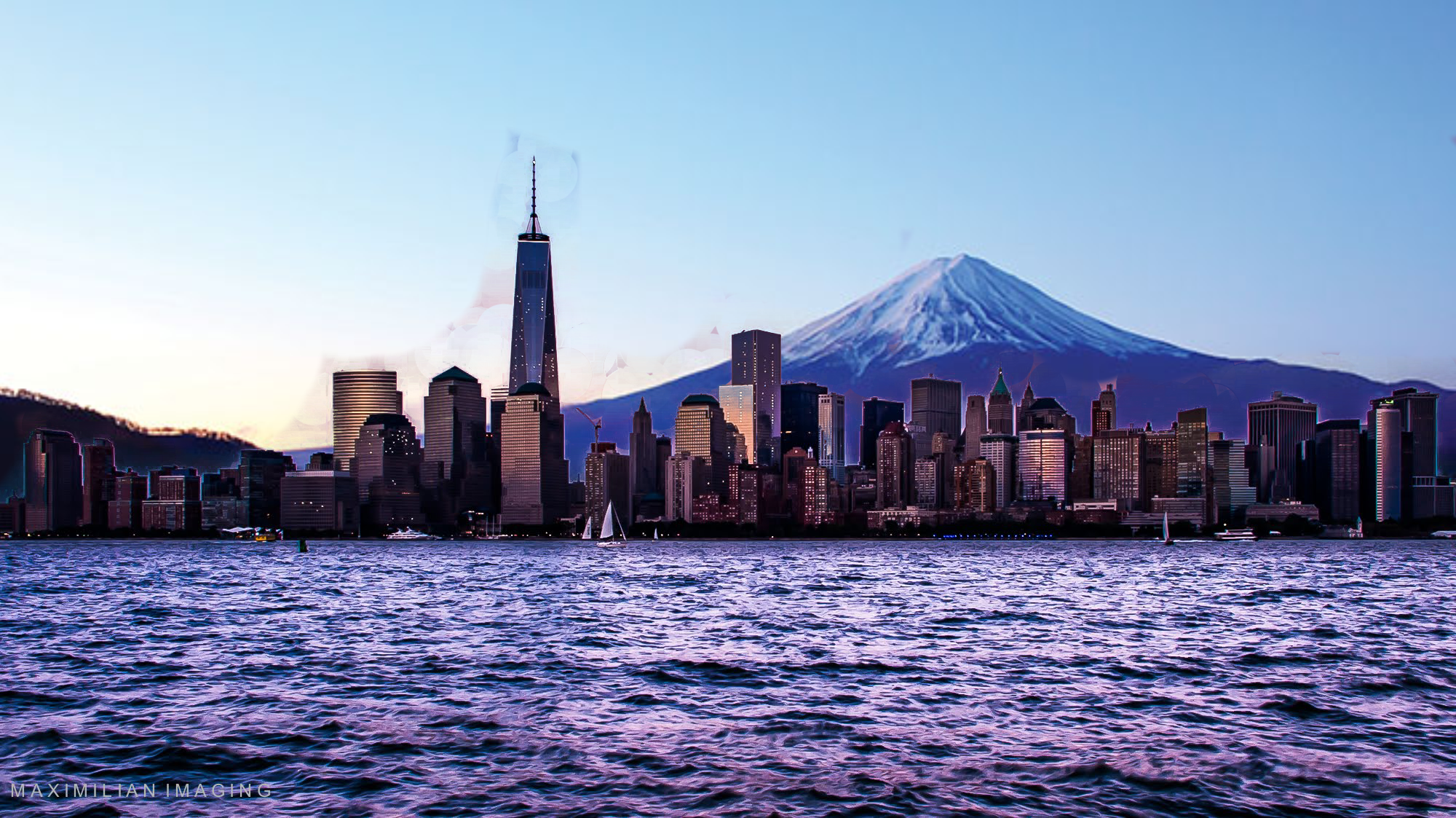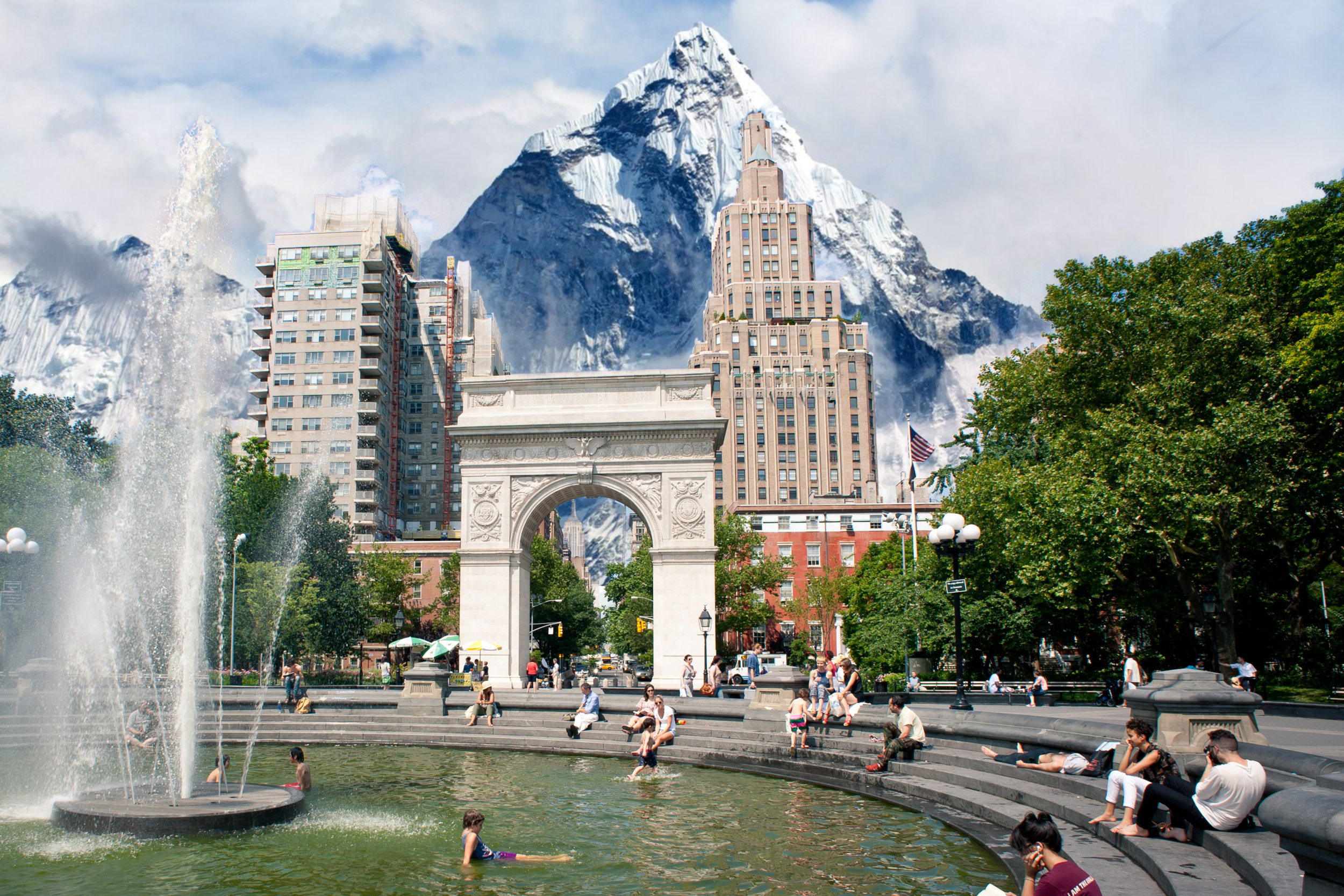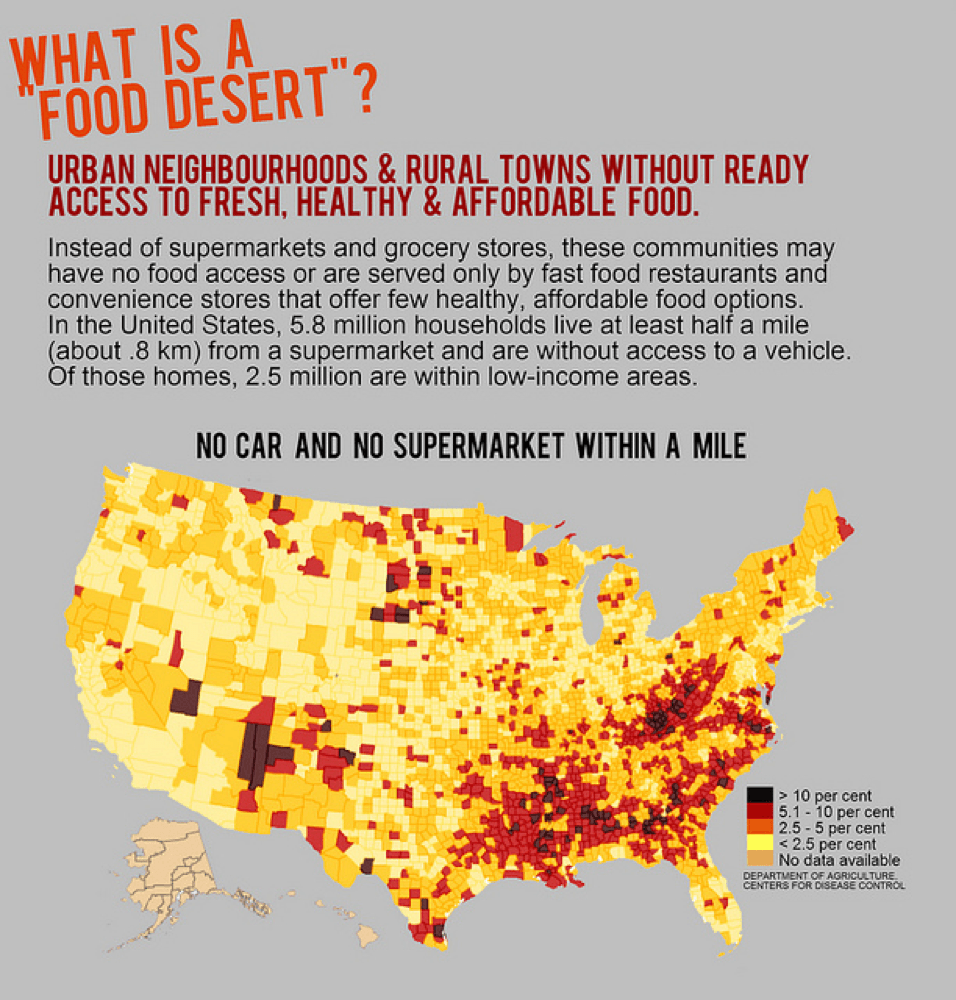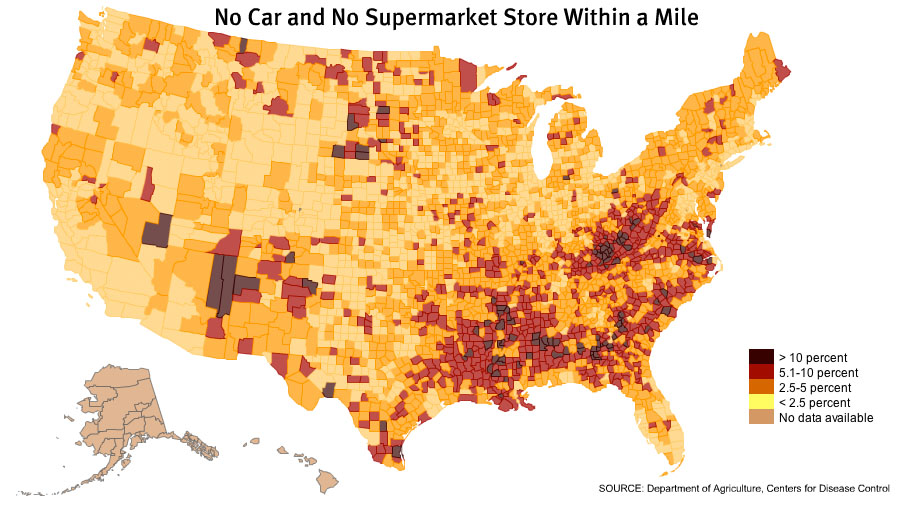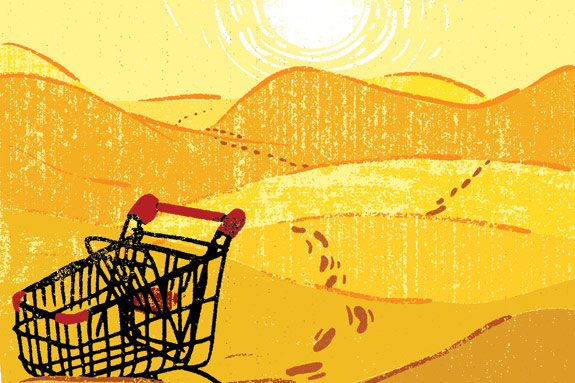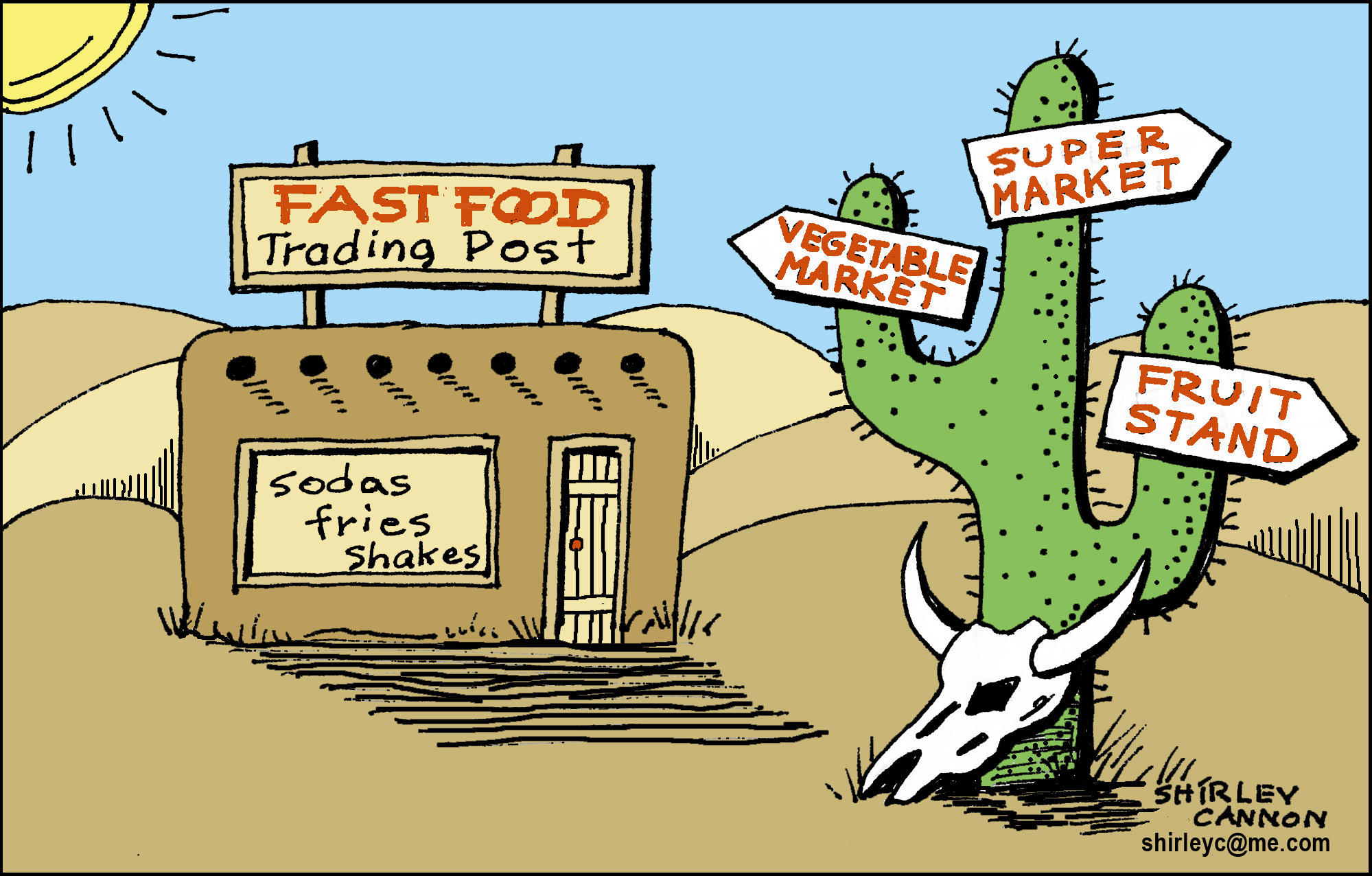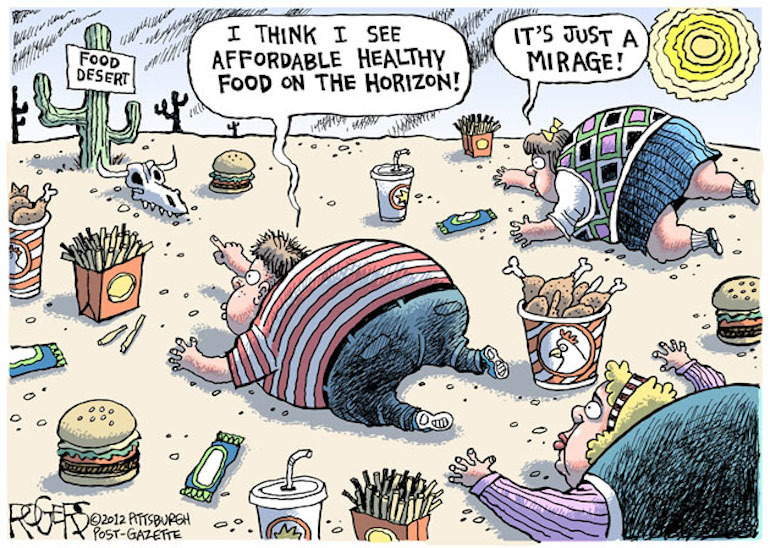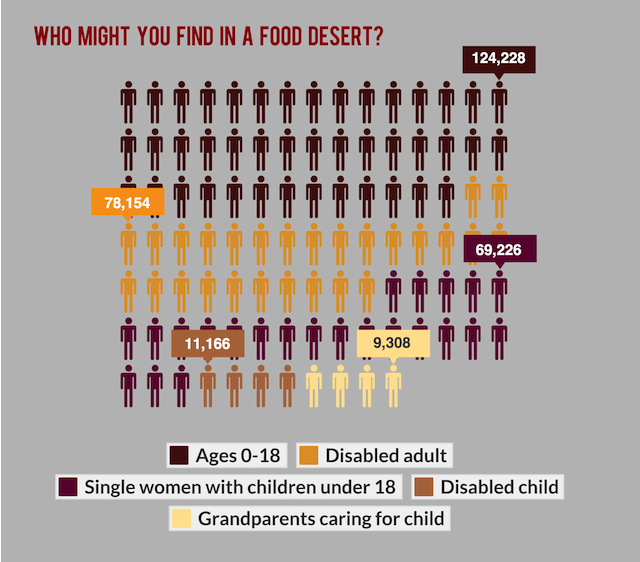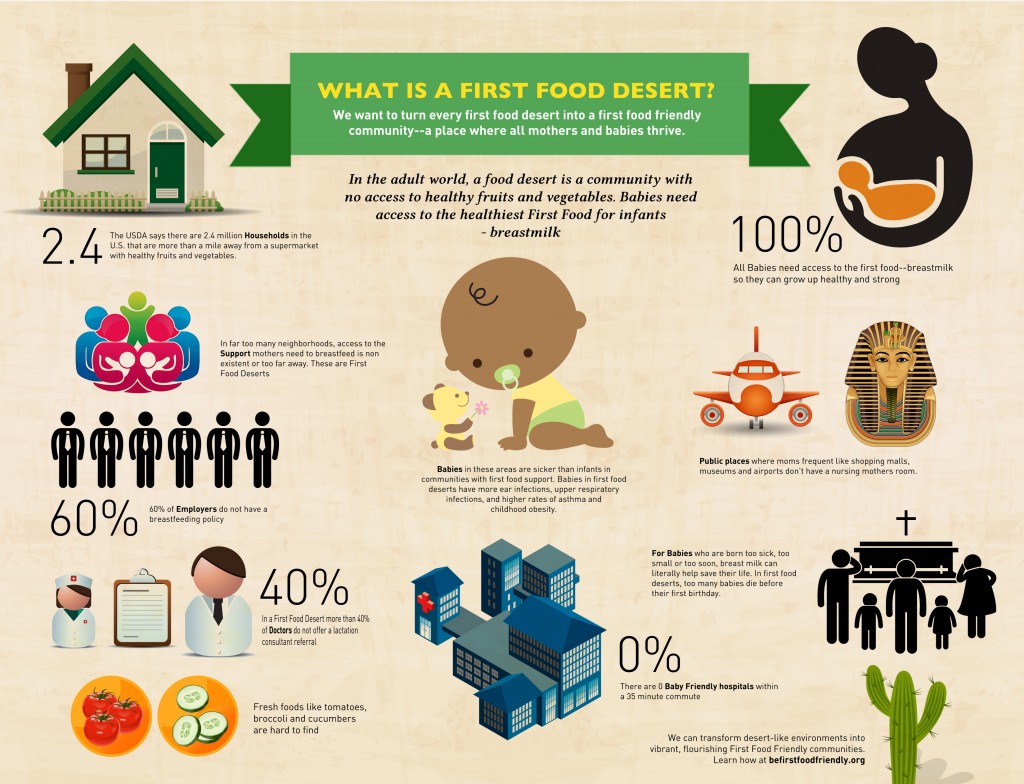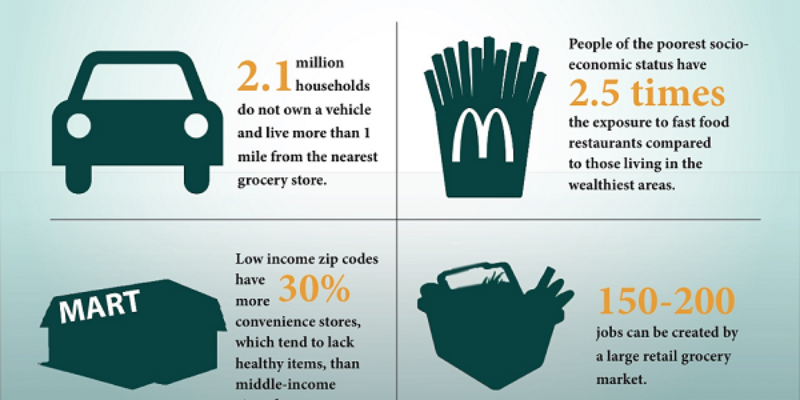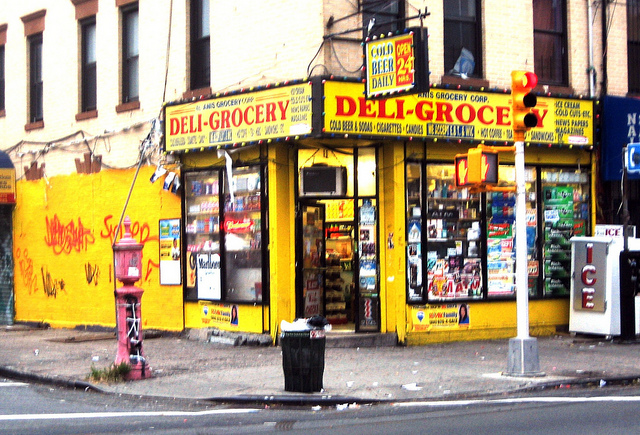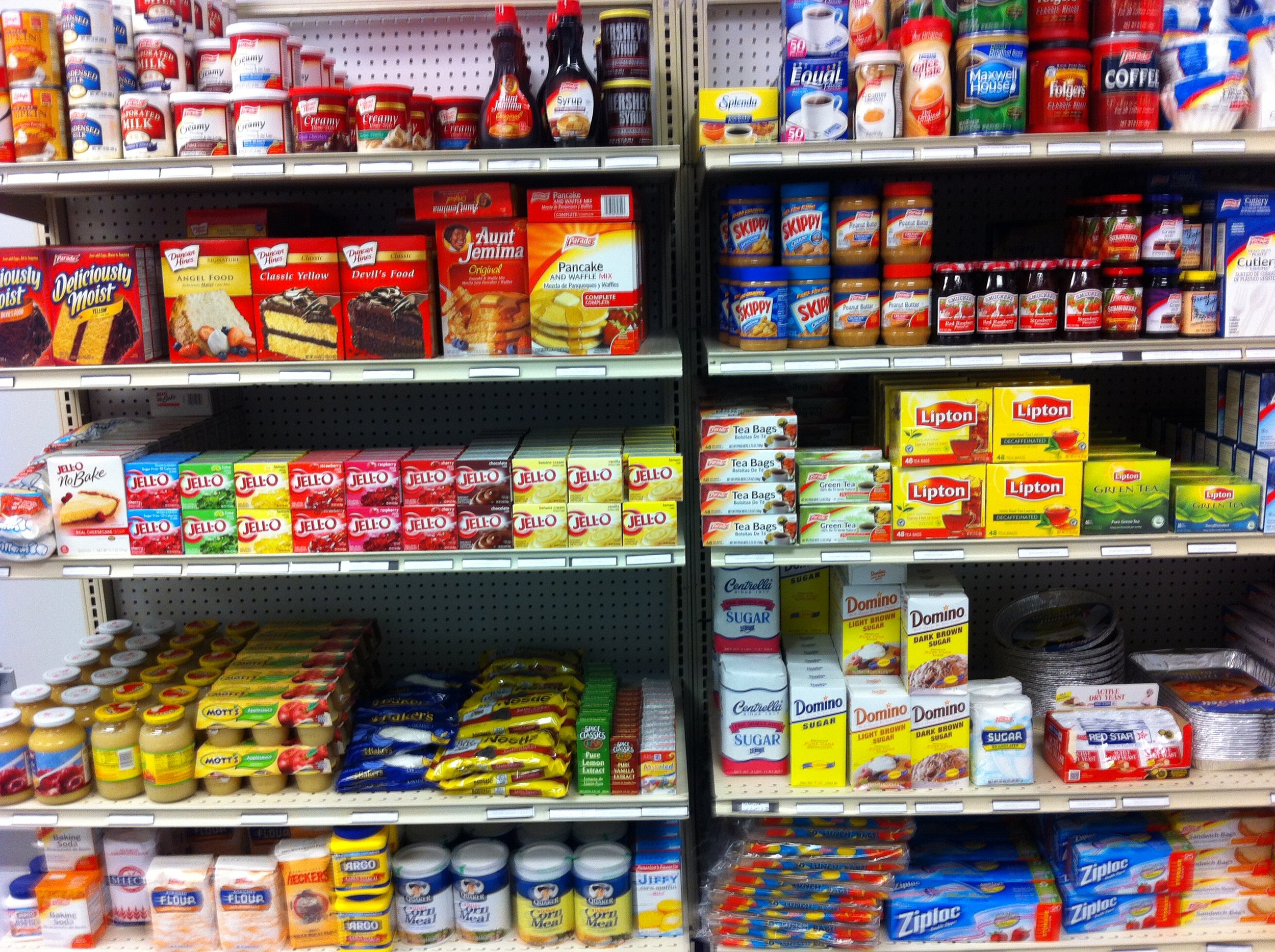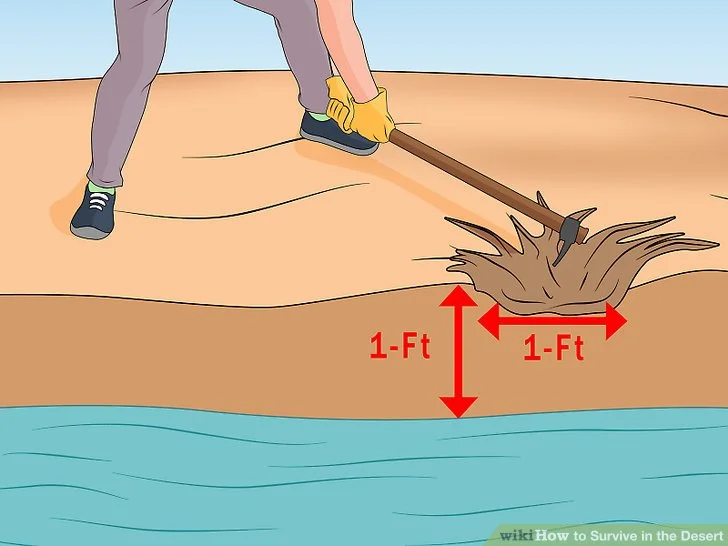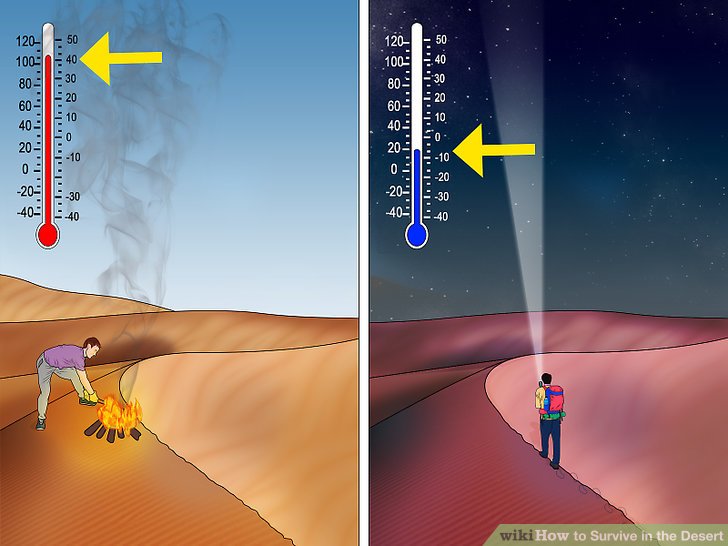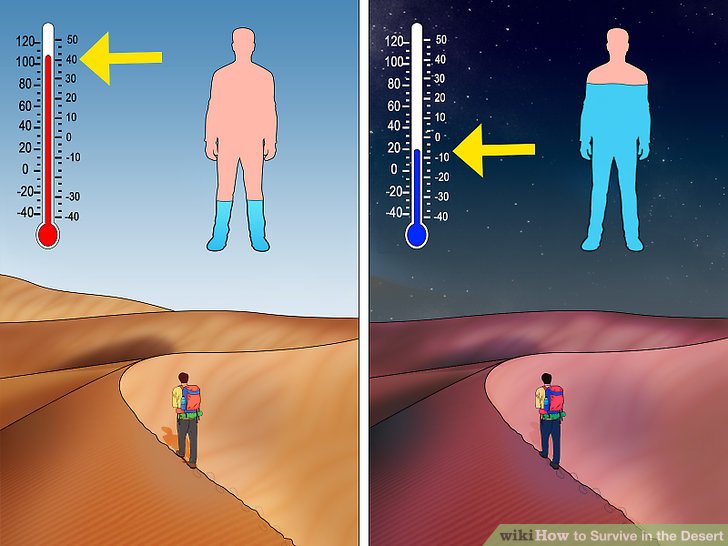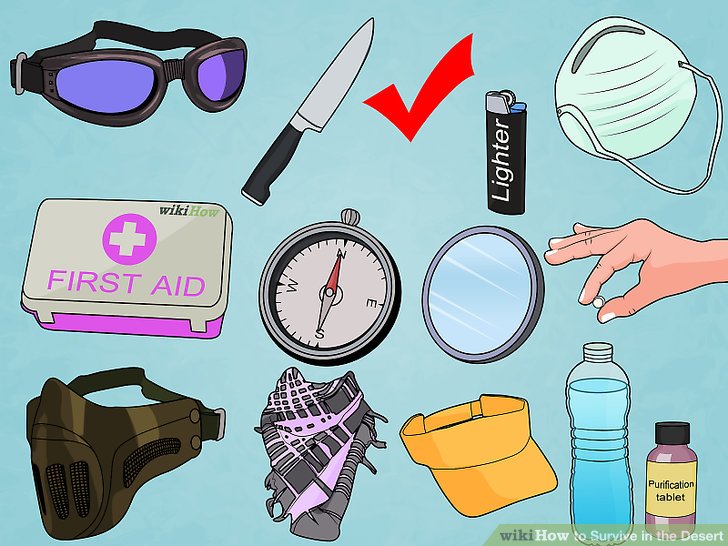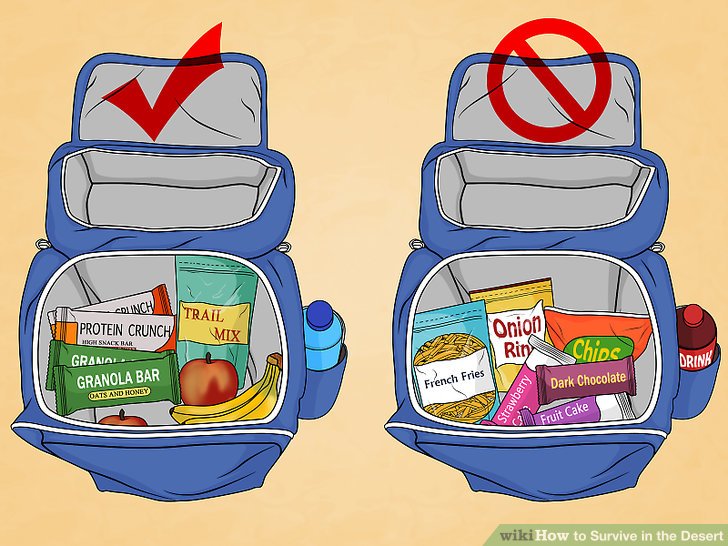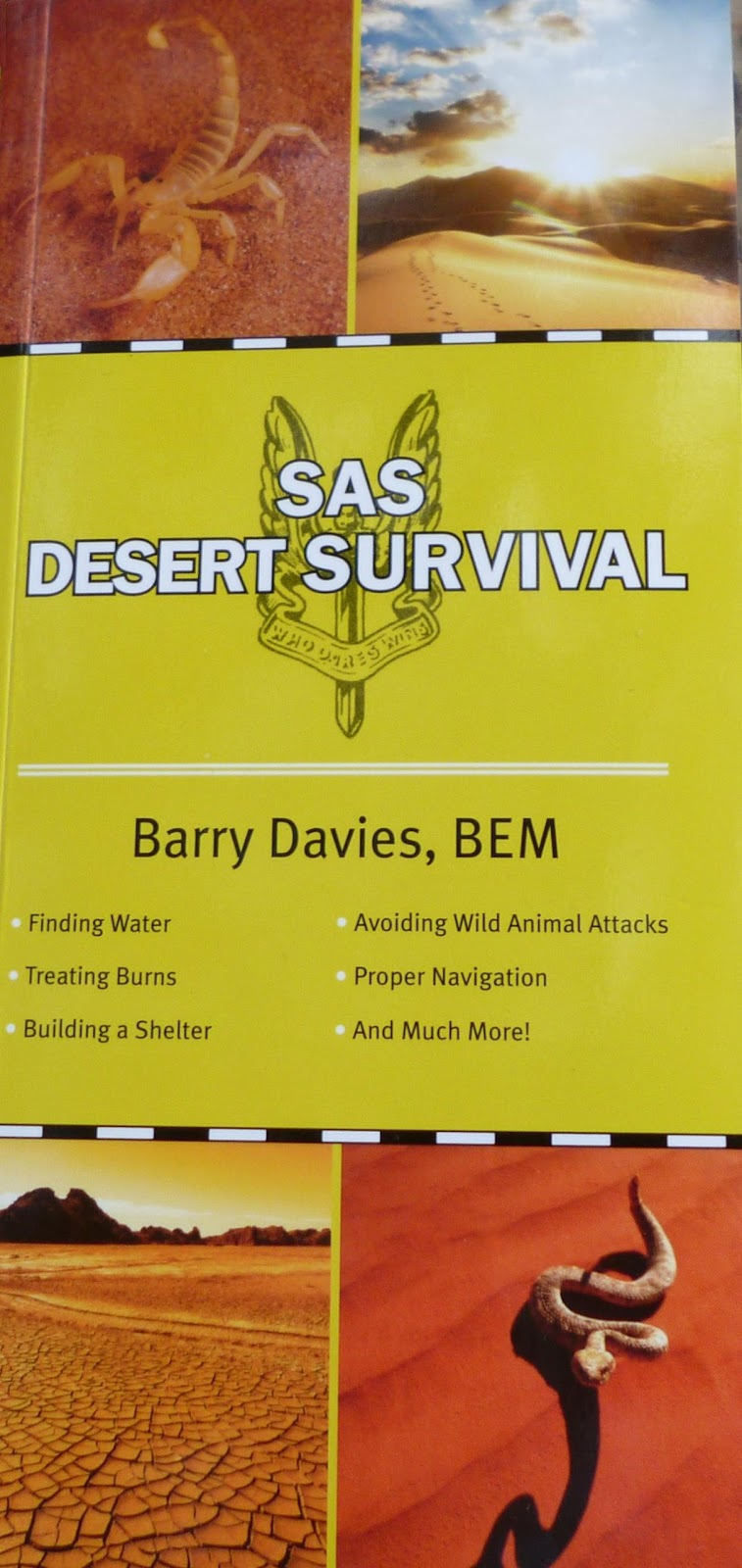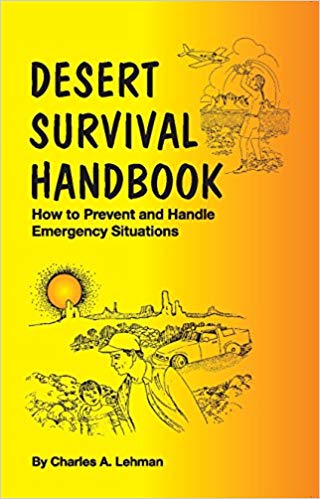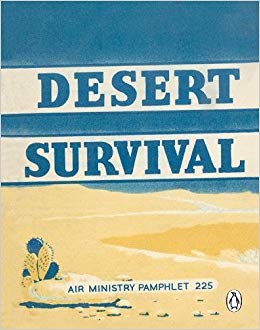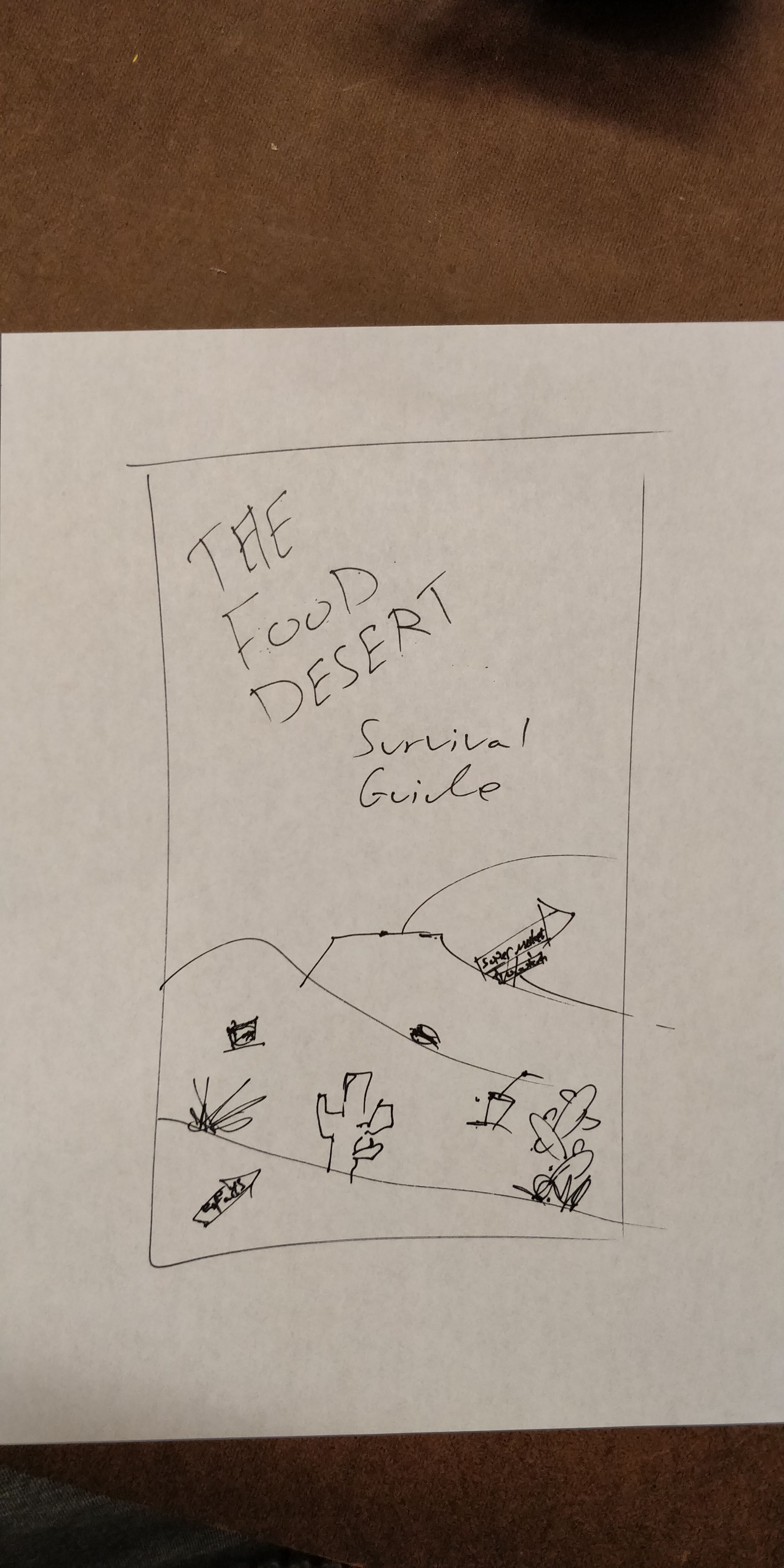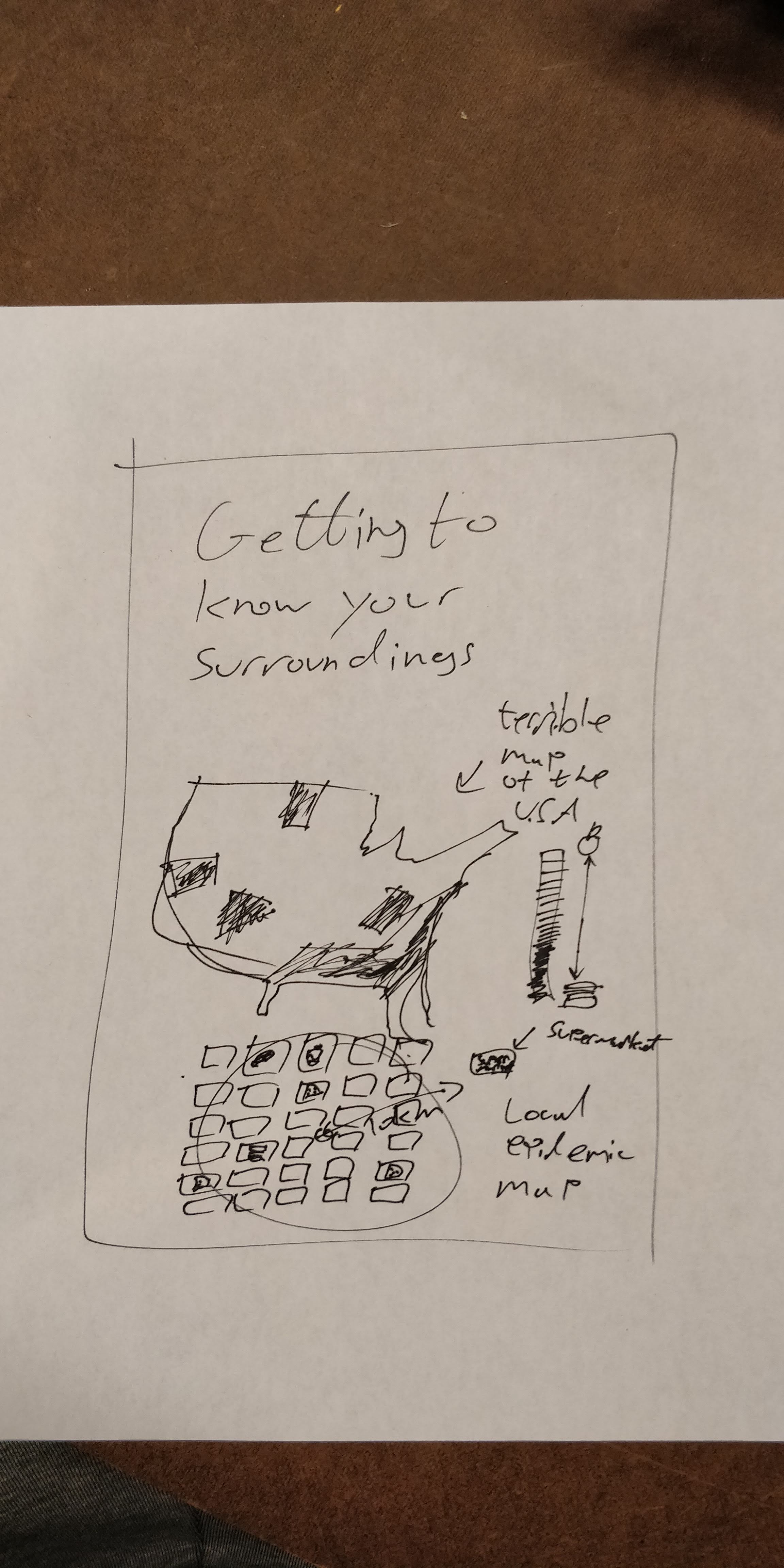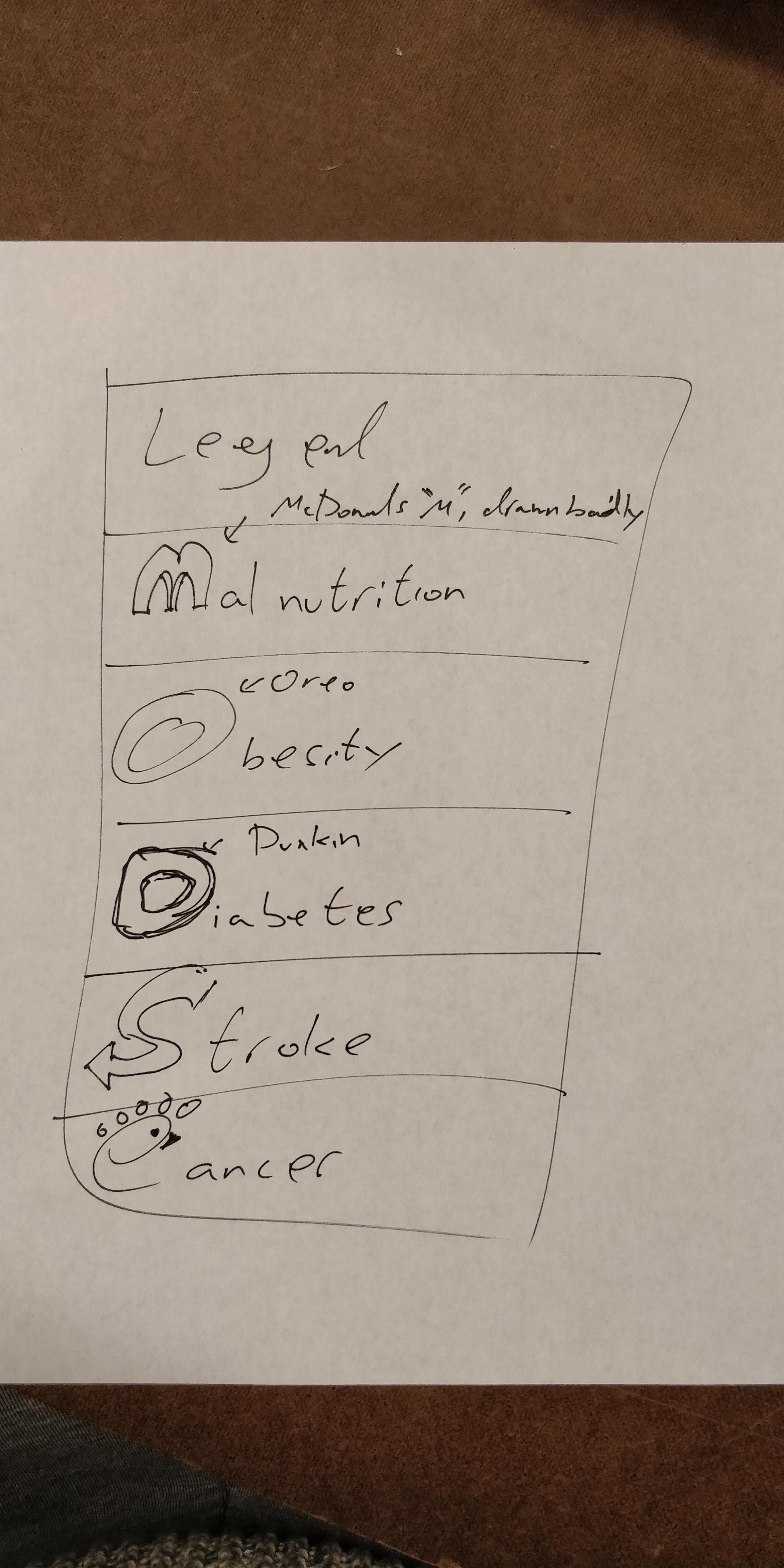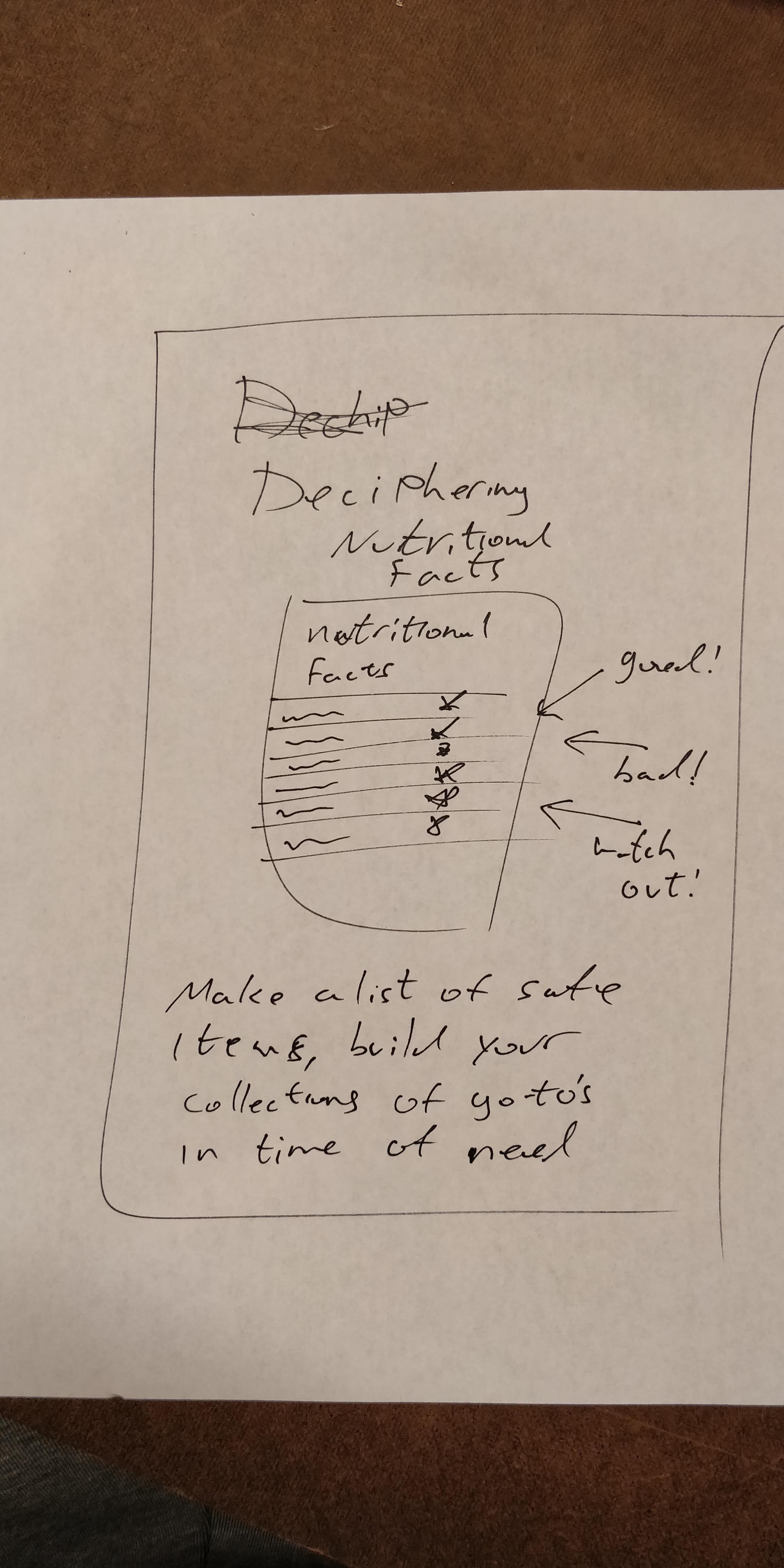One the the ways the National Oceanic and Atmospheric Administration classifies natural disaster and severe weather events is by their economic and financial impact. The so called “Billion Record” lists all natural disasters of recent years that have cost the US economy upwards of a billion dollars in damages, rescue, insurance claims and reconstruction. This cold and calculated approach (that does not even directly consider human lives lost beyond damages) reveals an unsettling fact in its recent records: the last decade, and the last three years in particular, have seen more natural disaster related damage and loss compare to any other time in recorded American history.
The UN’s Office for Disaster Risk Reduction datasets and inforgraphics paint a much more complete picture: In the years 2000 to 2012 more than 1.2 million people died from causes related to natural disaster, 2.9 billion have been severely affected and the overall damage was estimated at nearly 2 trillion dollars(!). This survery too, shows a dramatic increase in the frequency and severity of natural disasters in the ‘00s to this day. Interestingly, (and very much related to the NOAA’s choice of perspective) the US lead the charts in monetary damage, but is not even on the charts when it comes to number of people affected or killed. In China, 2.5 billion people have been affected by natural disaster in those years (and that’s more than once per person if you can’t do the math), Haiti alone lost more than 230 thousand lives.
Project Proposal - The Disruption of Natural Disaster
Following on the theme of climate change inaction, denial and apathy, even in face of overwhelmingly catastrophic evidence, prediction and cost in life and economic damage, I want to explore the theme of natural disaster as disruption, intervention by nature in the course of human routine life and an emergency wake-up call some still choose and have the luxury of ignoring.
At this point I’d like to stress that I do not consider all urban dwellers the same.According to the US Census Urban areas in the US have a much higher Gini score (a coefficient widely used as a measure of inequality), especially in coastal areas that are prone to natural disaster (Tri-state area [NY is the most unequal city in the United States], Florida’s coast line and the West Coast Bay area). Level of income and socio-economic class significantly affect the resiliency and preparedness of households in large cities, from the quality of home construction to the ability to store essential supplies to the impact of having to skip work for a couple of days.
Thus, in this project I want to target a specific public - sheltered upper-middle-class residents of urban areas that afford themselves the luxury of keeping about their daily lives in the face of imminent global natural catastrophe, pushing them to experience the disruption of such disaster, albeit through transformation and metaphor, and by disrupting the symbols of urban technological comfort on which we’ve come to rely - free WiFi, constant connectivity, privacy, immediate connection everywhere.
As the saying goes “great technology is invisible”, technological developments that have become ubiquitous have merged into the background and we no longer notice our reliance on them. Think of the fact that you can swipe a plastic card to purchase goods and services in almost any developed country, cars, trains and planes operate on such massive scale you could reach a small town in Australia within a couple of days with a combination of air travel and public transport. In the same vane, wireless technology has merged into the background of daily life for many of us, and we have come to expect and rely on cell and wifi connectivity anywhere we go.
Conversely, dwellers of large metropolitan areas have grown more and more removed from nature as cities turn into megacities that stretch dozens of miles from end to end, are constantly lit and block the night (and sometimes day) sky, and support little to no wildlife that is not seen as a pest. Natural disaster, in this metaphor, is an urgent interruption by mother nature and an abrupt reminder that concrete walls and glass halls won’t protect us forever.
Prototype - The Disaster Machine
The disaster machine is a portable mini computer (Raspberry Pi) with some additional circuitry and electrical components that are designed to jam any cell reception and takeover public WiFi networks in a man-in-the-middle attack. When the device is active, no LTE, 4G or 3G signal can be used in the nearby environment and particular public WiFi networks will be hijacked, and the login screen asking to join free WiFi will be customized.
When a significant natural disaster occurs in the US or elsewhere in the world, the Disaster Machine will be deployed around New York City in locations where locals are accustomed to find comfort, such as cafes, public train co-working spaces and public halls.
When users attempt to connect to local WiFi service, they will be promoted with the typical “Click for Free WiFi” screen, but the screen will not display a login option, rather live footage from disaster affected areas and relevant information about the scale and damage, under the theme “Right now in ____”. The login screen can be closed, but not overridden or disabled for the duration of the intervention, and WiFi service will not be available, it will however allow the transition to further web resources as internet service resumes when the devices are disabled.
In considering the framework presented in the previous post, I am evaluating the following design questions:
Does the shock of losing connectivity and seemingly being “hacked” a trigger that is too strong to make users acknowledge the content presented to them?
Is a persistent and aggressive approach useful in soliciting engagement?
How can content be presented to mitigate the initial “hostile” experience and capture long-term attention?
Though these issues need to be thoughtfully considered and subtly integrated, I think the platform is still a powerful one, to introduce the metaphor of natural disaster as disruption and interference and engage an otherwise sheltered and, at times indifferent, public.
